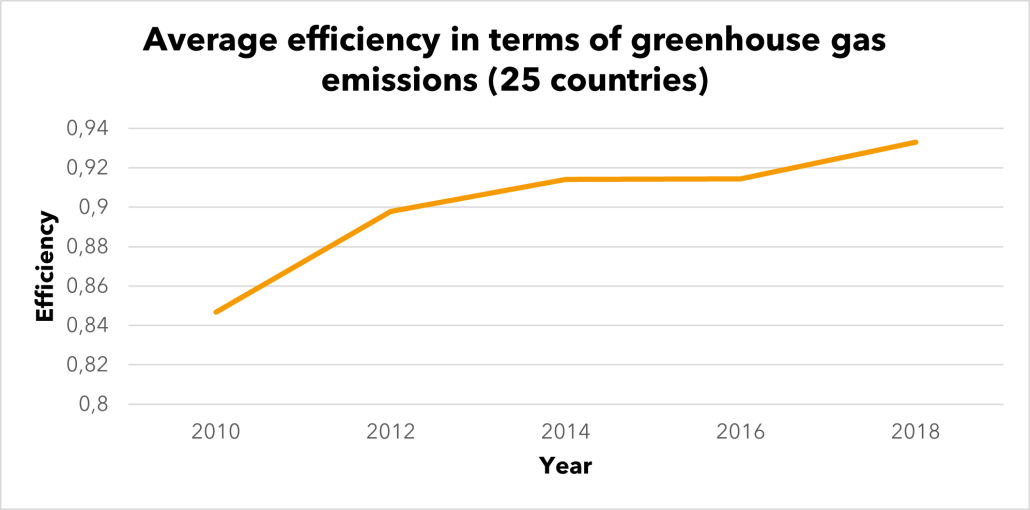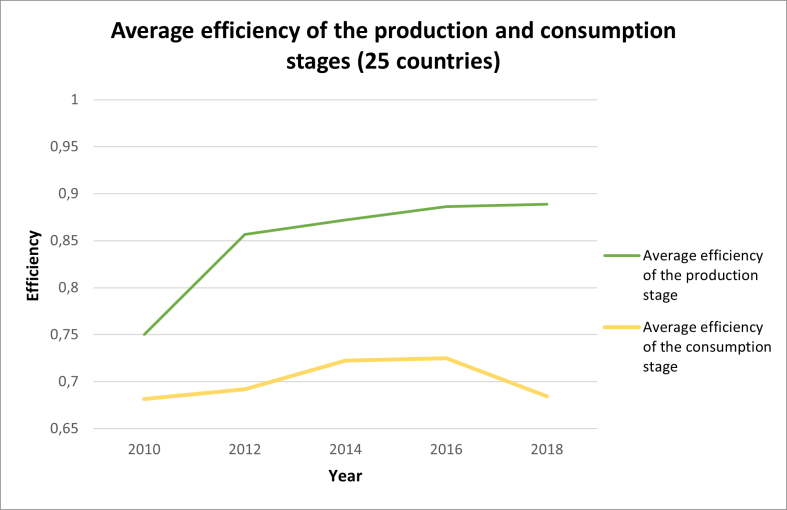
Europe is one of the most affected regions by food loss and waste in the world. In order to improve the sustainability of food system, it is necessary to address this situation. In the wake of the European Week for Waste Reduction, Aprifel presents the findings of a recent study that evaluates the environmental efficiency of the production and consumption stages in 25 countries. Overall, this study shows a good environmental efficiency of the production stage. On the other hand, it points out important progress margins at the consumption stage and suggests toraise consumers’ awareness to limit food waste.
Our societies are currently facing a double challenge:
- Feeding a growing population, while almost 10% of the world’s population is currently suffering from hunger (FAO, 2009);
- Transforming food systems to make better use of natural resources while limiting greenhouse gas emissions.
million tons of food are lost every year in Europe. (European Commission)
million tons of consumable food are lost each year in France. (Ademe, 2020)
million tons of CO2, which represents 3% of all emissions from national activity are related to food waste. (ADEME)
Faced with these two challenges, reducing food loss and waste and the associated environmental impacts is more than ever a priority (FAO, 2022). To do so, it is necessary to identify the causes of food losses and the stages in which they occur.
To this end, a recent study (Lin, 2022) assessed the environmental efficiency at the food production and consumption stages in 25 European countries. The evolution of this parameter was monitored from 2010 to 2018. Two key aspects were addressed:
- Greenhouse gas emissions related to agriculture and fishing;
- Food losses related to production, and food waste related to consumption.
Most European countries showed improvement in their greenhouse gas emissions
The efficiency in terms of greenhouse gas emissions is the ability to maintain relatively low levels of emissions compared to the amount of food produced.
According to this work, the efficiency of agricultural production (agriculture and fisheries) in terms of greenhouse gas emissions has improved from 2010 to 2018 in most European countries (see figure below).

Food losses and food waste: production is more efficient than consumption
Most of the countries are efficient in their food production with relatively low losses compared to the amount of food produced. All European countries present a high level of performance in terms of production, which can be explained by the use of advanced agricultural and fishing technologies.
On the other hand, the consumption stage presents more environmental impacts (see figure below). Indeed, in most countries, food waste is more significant than losses related to production. 11 countries out of 25 present a low efficiency at the consumption stage.

Apart from these trends, there are differences between countries:
- France, Hungary, Iceland, Italy, Malta and the Netherlands show the best environmental efficiency whether in production or consumption (efficiency=1).
- In contrast, Cyprus and Ireland are the least efficient with an overall efficiency below 0.5 in 2018. Their efficiency is particularly critical regarding greenhouse gas emissions related to production. Thus, the authors underline the need to pay particular attention to improving production processes in these countries.
Raise consumer awareness, adjust availability to demand and extend products shelf life
Based on the results, the authors invite to raise consumer awareness to reduce food waste. They also suggest that waste control be strengthened by the European Union and make recommendations to reduce food waste:
- Adjust production and imports according to the food demand of each country to limit losses and waste.
- On a local scale, set up food banks allowing consumers to give away uneaten food so that it can be redistributed to the most needy.
- Support research and development for new packaging that can delay the growth of bacteria and increase the shelf life of food.
In this work, environmental efficiency refers to the ability to produce a lot of food using the fewest resources and causing the least environmental impacts. This work included the following inputs as “expenses”-labor, agricultural land, fertilizer, energy, and imports-which were set against the amount of food produced/available (Lin, 2022).




